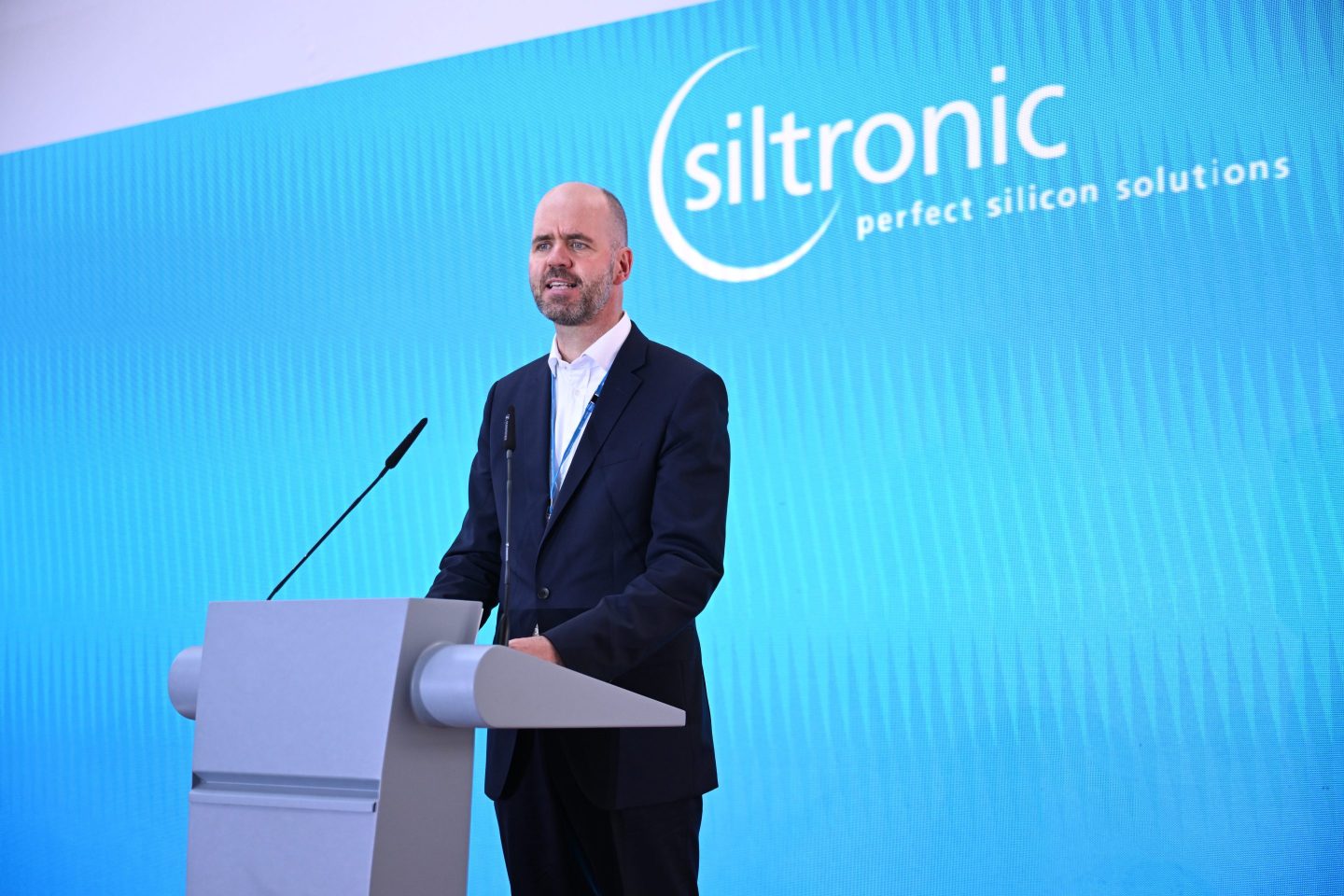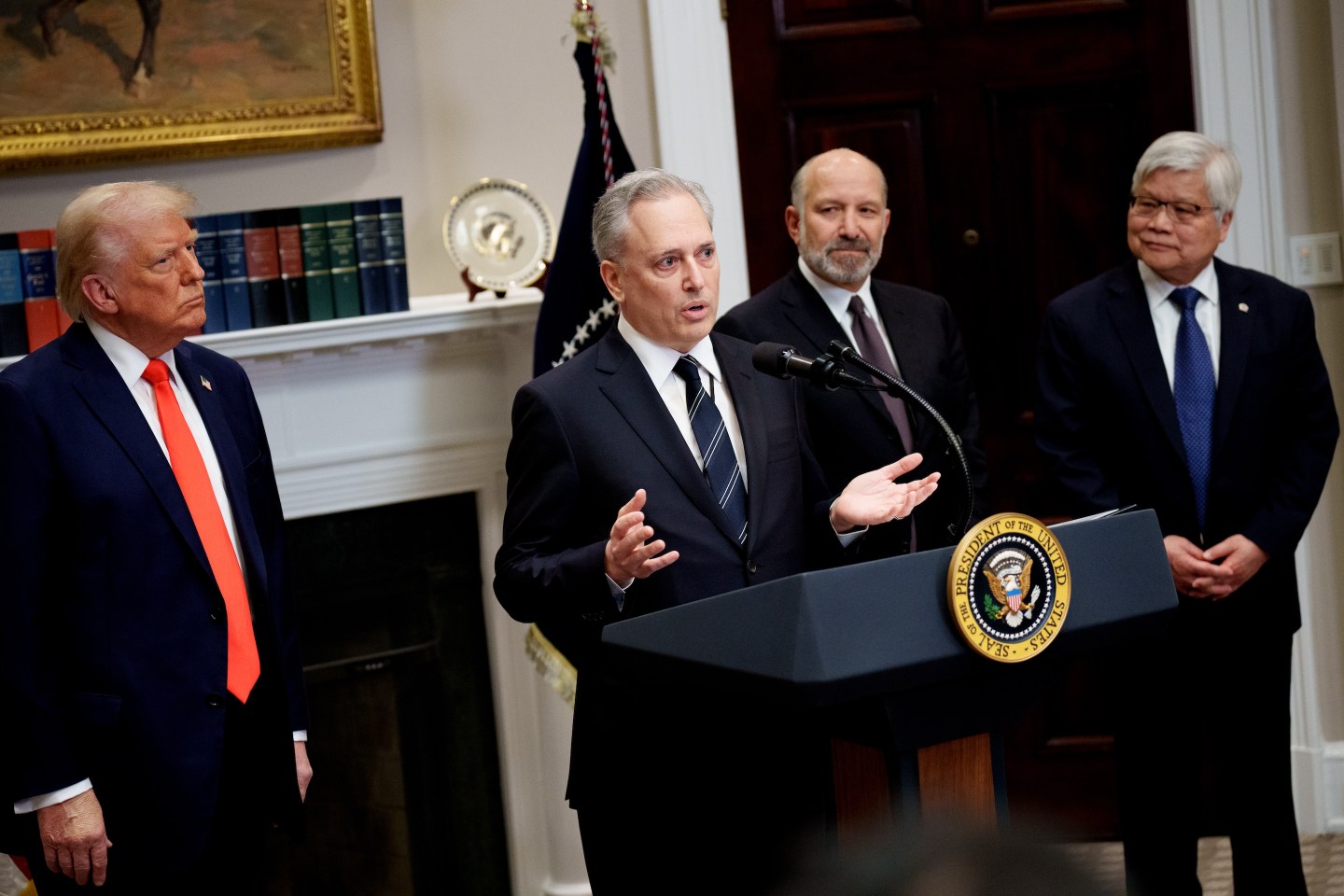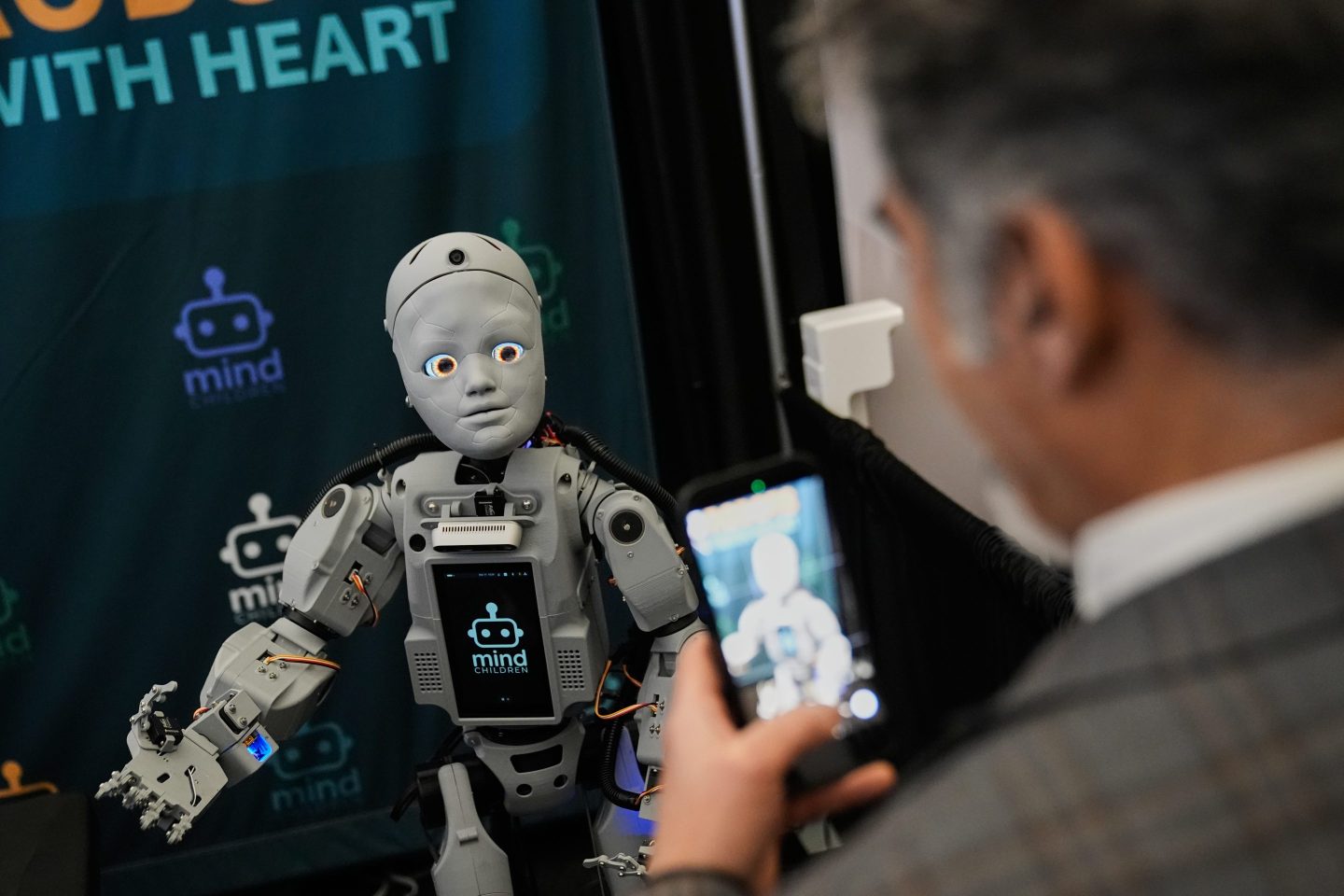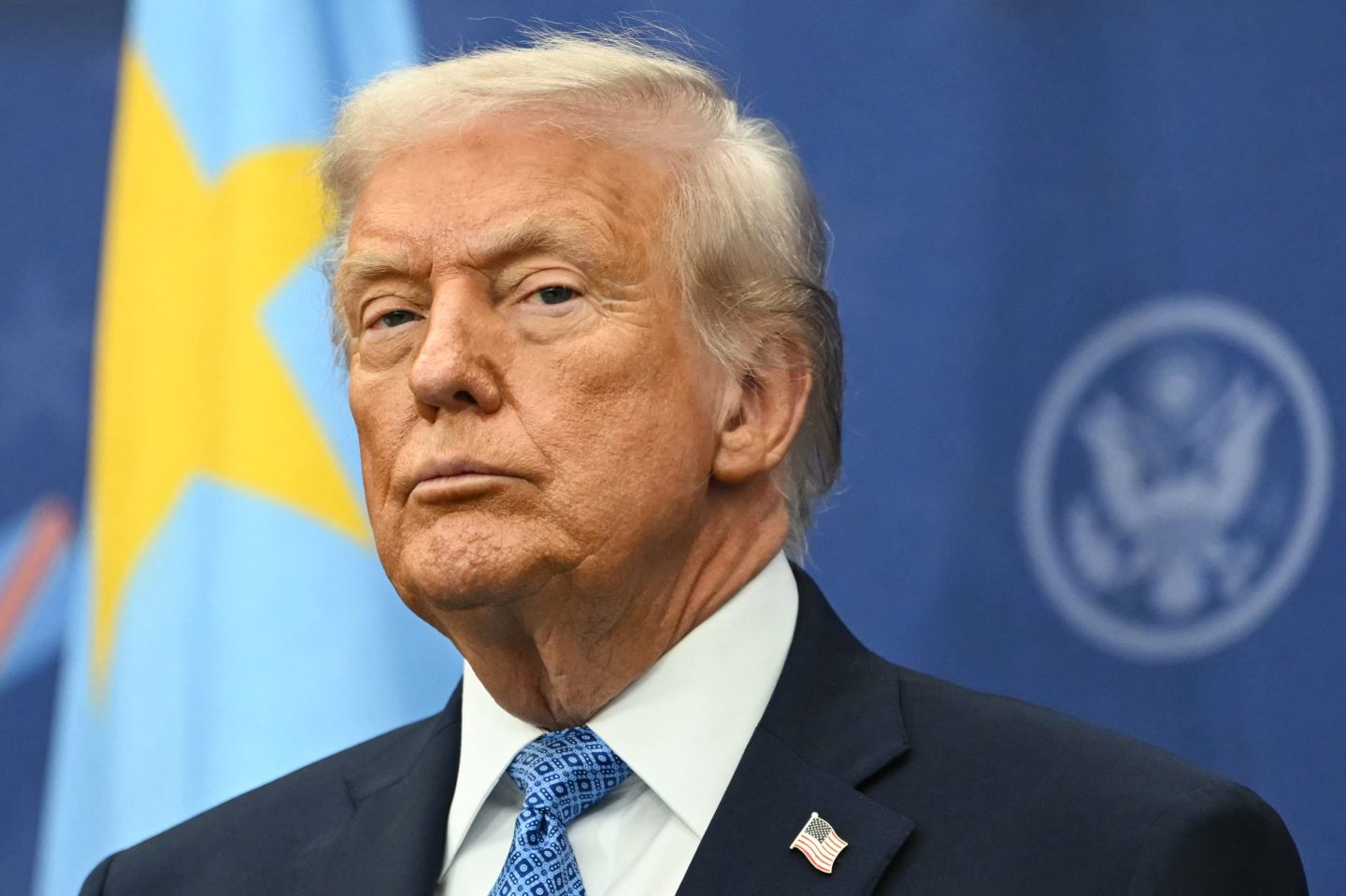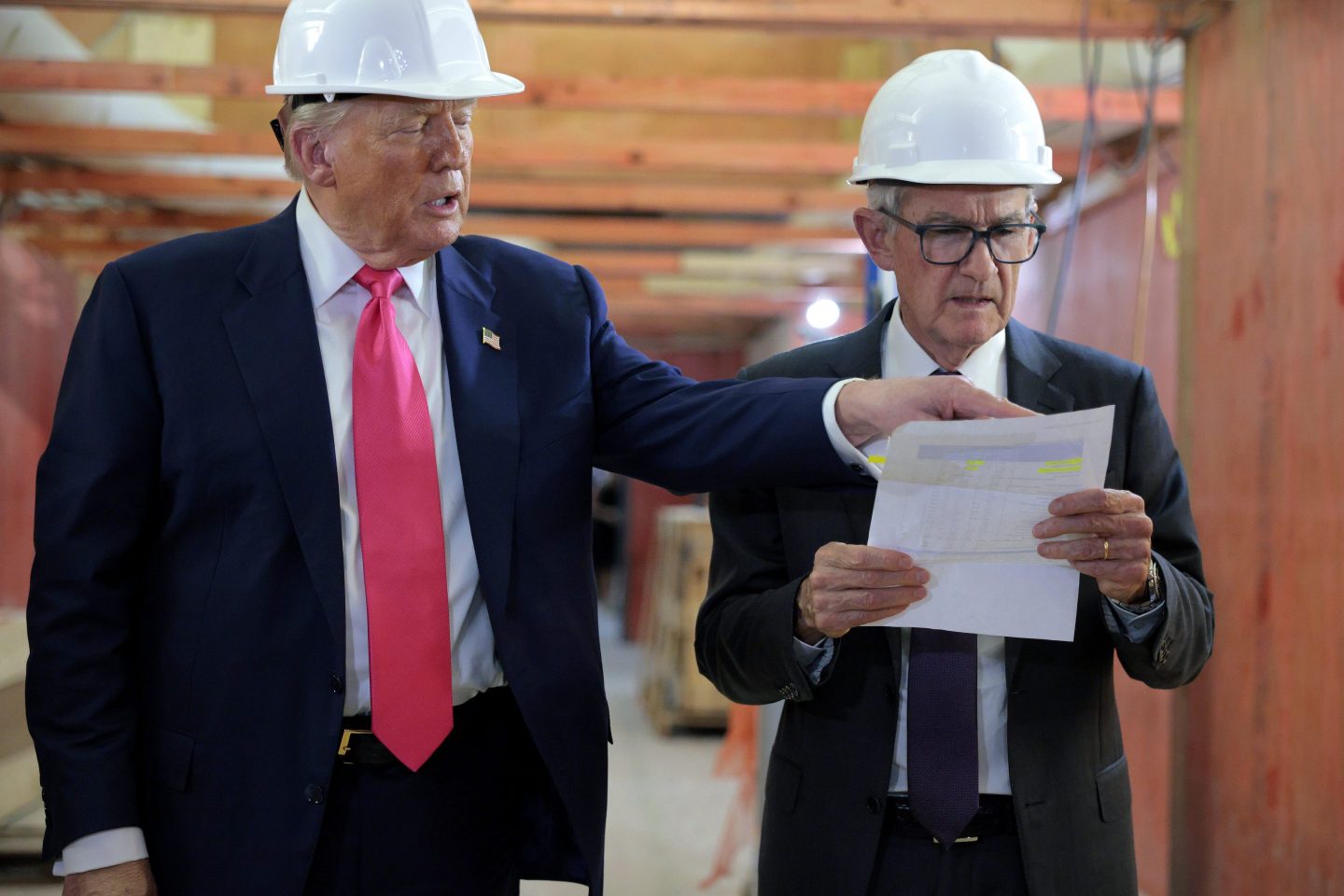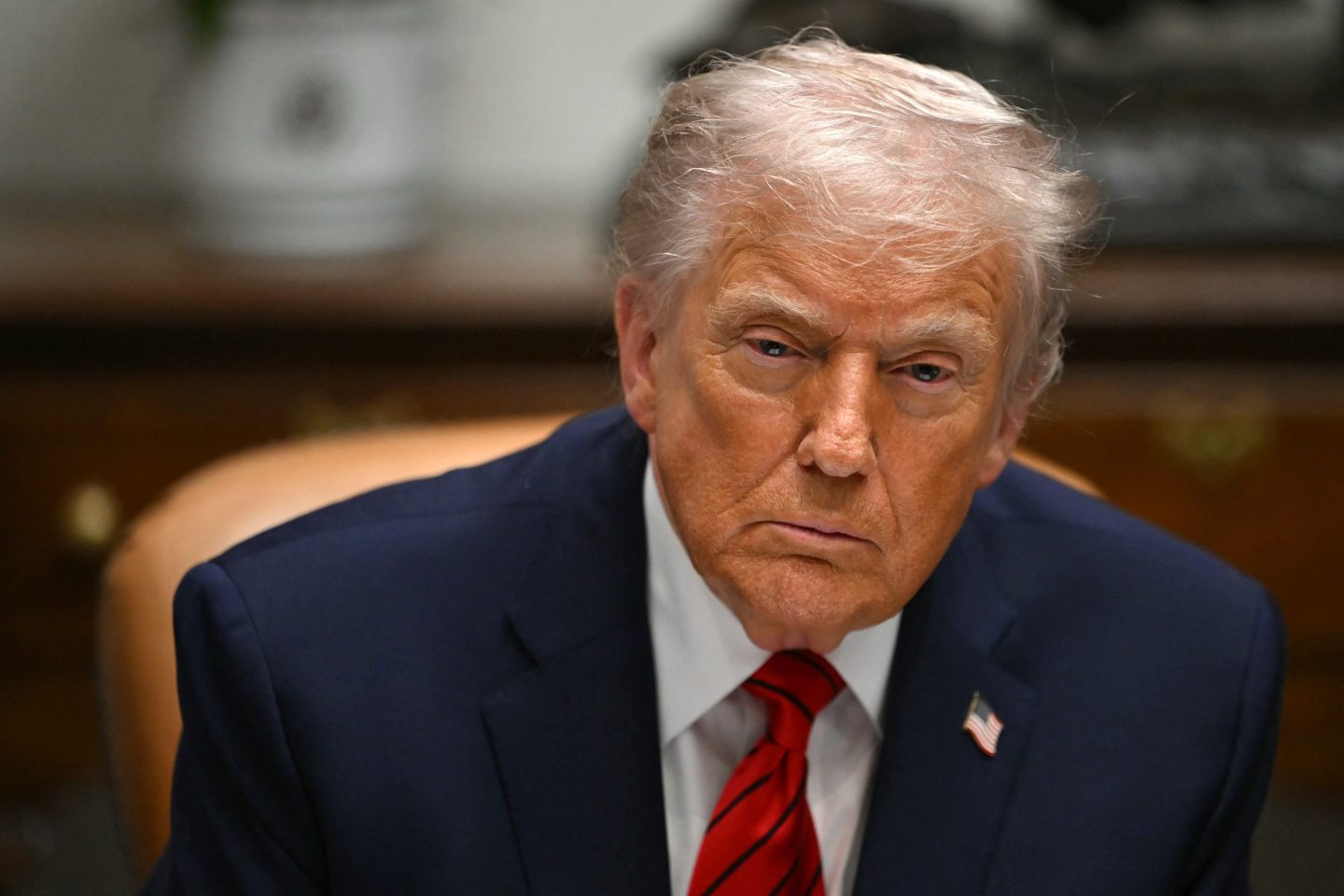The semiconductor industry is still in a “transition year,” says the CEO behind the West’s only producer of silicon wafers, as manufacturers try to navigate their way through the end of a yearslong slump in demand.
During the pandemic, chipmakers enjoyed bumper profits as a result of stay-at-home consumers snapping up electronics and supply shortages. But the end of the pandemic led to a slump, as manufacturers and retailers were faced with increased stockpiles and consumers who stopped buying as many items.
Chip firms hope the AI boom will drive demand for their products, but the CEO of a major German semiconductor firm thinks the industry needs to wait just a bit longer for good times to return.
“We are still at the end of a down cycle,” Michael Heckmeier, CEO of German chip supplier Siltronic, said after the opening of the company’s latest wafer fab in Singapore. “2024 is a transition year.”
Instead, Heckmeier sees the industry recovering next year. “We are still preparing for the big growth to come … induced by mega-trends such as artificial intelligence, electro-mobility, and digitalization.”
Some chip companies, such as Nvidia and its suppliers, are already benefiting from the AI boom. Nvidia, whose GPUs are key to training large language models, reported a revenue of $60.9 billion in 2023, a 126% jump.
Yet most of the industry is warning that demand could stay restrained this year.
In April, Taiwan Semiconductor Manufacturing Co. (TSMC), the world’s largest contract chipmaker, scaled back its outlook for 2024, warning that the smartphone and personal computer markets remain weak.
That same month, another contract chipmaker, United Microelectronics Corp., said “demand remains muted” for the automotive and industrial segments due to a slower-than-anticipated pace of “inventory digestion.”
Another chip win for Singapore
Based in Munich, Siltronic manufactures silicon wafers used in the chipmaking process. The company is the only Western wafer manufacturer.
In April, Siltronic cut its 2024 outlook, citing the “further development of demand weakness.”
Yet on Wednesday, Heckmeier said in his opening speech that new technologies “underscore the growing demand” for semiconductors and wafers, and that the company is “fully prepared” to meet the demand with its new plant in Singapore.
Siltronic has invested $2.2 billion in its new wafer plant, its third in Singapore. The amount is the largest investment in the company’s history. The plant will be able to produce 100,000 wafers per month by the end of the year, and Heckmeier suggested the fab could reach full capacity within five years. Siltronic opened its first fab in Singapore in 1999.
Singapore has won several chip-related investments in recent years. GlobalFoundries and UMC—two chipmakers Siltronic works with—announced Singapore investment plans of $4 billion and $5 billion, respectively. Last week, a TSMC-backed chipmaker, Vanguard International Semiconductor Corp., announced a $7.8 billion plant as part of a joint venture with the Netherlands’ NXP Semiconductors.
Despite fierce global competition for semiconductor investments from countries large and small, Heckmeier decided it was best to place Siltronic’s investment in well-understood territory.
“When you decide on a new investment, you do all kinds of analysis—energy cost, personal cost, overall environment. That did trigger, at the end, the decision not to go for another greenfield place, but to add this factory where we are already,” he said.
Singapore has hosted semiconductor manufacturing since 1968, and is now home to companies across the supply chain, including suppliers, designers, and the chipmakers themselves.
The semiconductor industry accounts for 40% of Singapore’s added value in manufacturing, according to Singapore’s Economic Development Board. Manufacturing contributes 20% of Singapore’s GDP.
Singapore’s Deputy Prime Minister Heng Swee Keat, who attended the opening event, said in a speech that the government is committing $28 billion to the country’s R&D ecosystem, with chip research a “key focus area.”
Correction, June 13, 2024: An earlier version of this piece included comments from Singapore Deputy Prime Minister Heng Swee Keat on the semiconductor industry’s contribution to Singapore’s economy, which the country’s Economic Development Board clarified were incorrect after publication.
